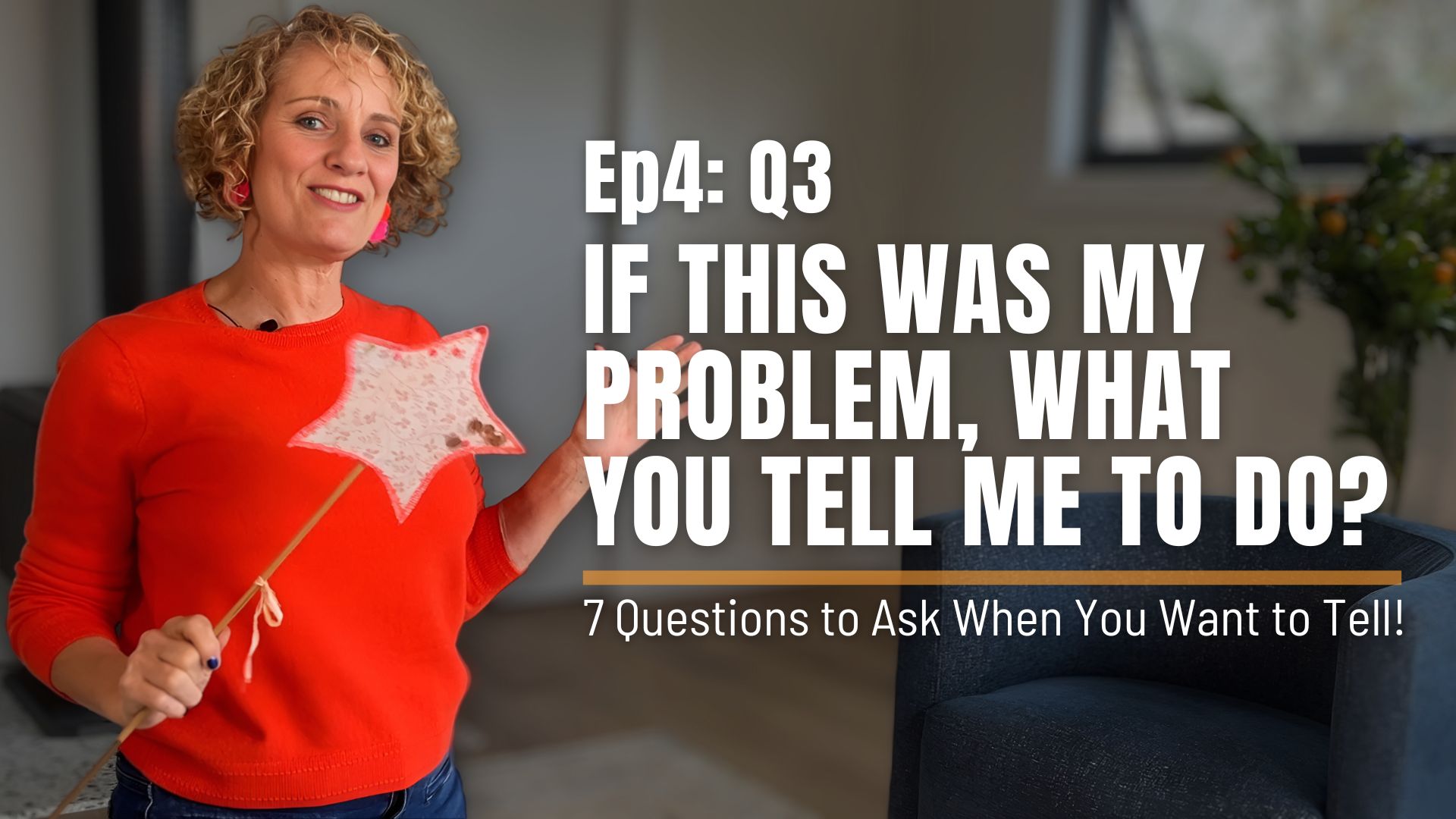
The leader who asks takes every opportunity to connect with people, build engagement and develop others. In the lunch room, by the water cooler, waiting for the lift… Growth opportunities are not limited to formal development conversations.
Brendan and I were working on increasing his adoption of coaching skills, knowing that this was the key to releasing some of the operational load and allowing him to focus on more strategic work.
Brendan self-assessed his use of a coaching approach, and especially his use of questions, as:
- Formal bi-monthly coaching conversations – ‘doing well’ – 4/5
- Informal conversations, the ‘100 questions that get fired at me during the day’ – ‘I answer automatically’ – 1/5
Brendan knew how to ‘ask’ and not tell, and he was confident coaching… So why wasn’t he using those skills throughout the day? His three reasons were ‘habit’, ‘time’ and ‘the desire to help’.
Exploring that further, Brendan was clear that:
- In the short term it took less the time to answer the question than to coach the person to their own solution, AND
- In the longer term Brendan was maintaining a dependency on himself.
He also had a significant insight – in his desire to help he was actually ‘helping too hard’, and denying his people developmental opportunities on the job.
Brendan developed this plan to break his telling habit and adopt a more conscious response:
- For the next three weeks, he would ask one question (and then possibly more) before giving an answer.
- To get started, he would choose two of these questions that we developed to keep top of mind each day:
- What do you recommend?
- What’s the difference between <option X> and <option Y>?
- What are the implications of <issue they asked about>?
- What do you think I will suggest you do?
- What have you seen work in the past in this situation?
(We tested 3 of the ‘100 questions’ he had had that day and found that all of these questions would work with each scenario.)
- Review after three weeks.
Are you helping too hard? How could Brendan’s plan help you increase the impact of your daily conversations?
Go fearlessly
PS: There are four weeks until the end of this financial year. What leadership development did you plan for FY17 that hasn’t happened yet? Capitalise on your remaining development budget and organise leadership or team development now!
The three key ways I support my clients in developing Fearless Leadership are:
Fearless Leadership and Fearless Teams – Developing leadership in individual leaders and leadership teams. Building Fearless Teams that leverage the diversity in the group to exceed objectives.
Leading Change that Sticks – Supporting leaders and teams to lead and embed sustainable change.
STAY IN THE LOOP





